Are We Cooked? The Rise of AI Images and Videos Blurring the Line Between Real and Unreal
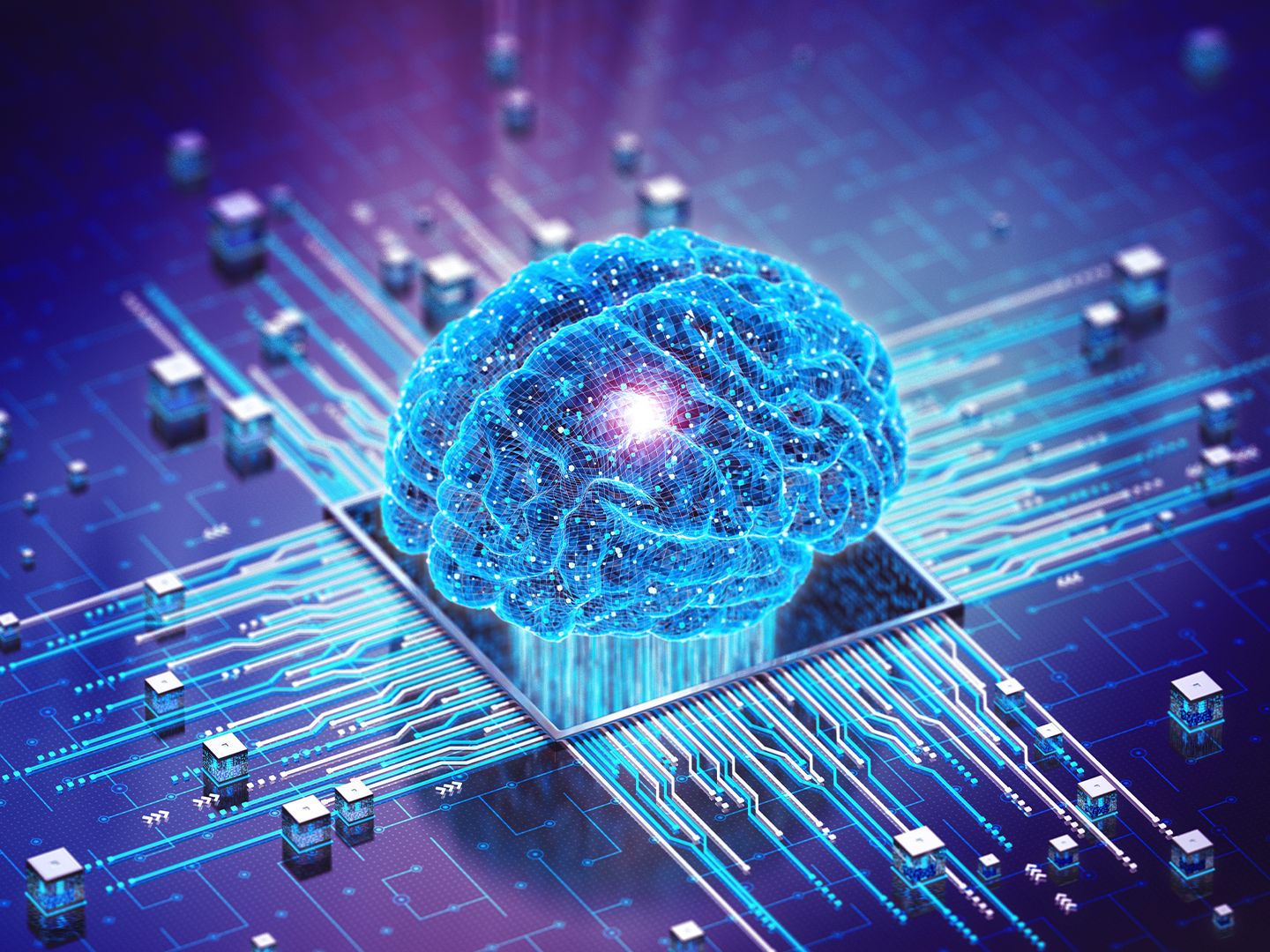
A few weeks ago, a video of a woman on a train where she called a stranger “her husband” and he responded with a cheerful smile, circulated round social media platforms, sparking cute reactions from viewers around the world. Except, it was an AI generated video. Comments under the post on different social media platforms revealed that about 90% of the viewers did not realise it was AI generated at first glance until someone said it.
Moments like this define our present reality. We are presently in a world where your eyes might betray you, and pixels have been taught to lie. From fake couple videos to AI-generated models influencing brand deals, the line between what is authentic and what is algorithmic is dissolving fast. And honestly, it makes you wonder: are we cooked?
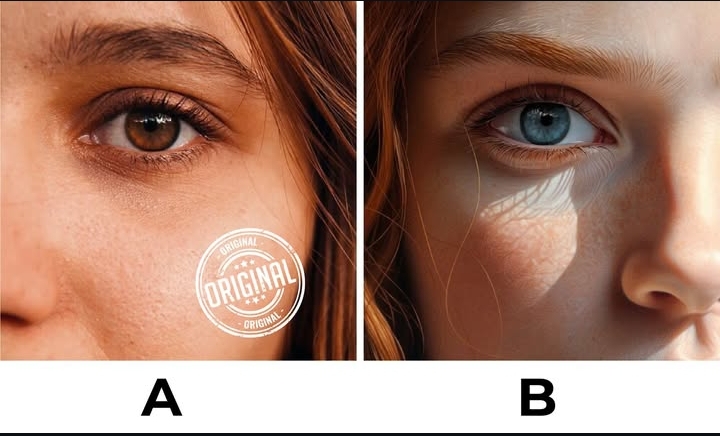
The New Age of Visual Deception
Some three years ago, if you saw a picture or video on social media generated using Artificial Intelligence (AI), you would know at the first glance. AI-generated content meant blurry, disfigured faces, robotic voices,strange movements and every feature that seemed to scream fake.
Today, it means photorealistic humans, cinematic videos, and emotional performances, all produced by code. Tools like Midjourney, Runway, Pika Labs, OpenAI’s Sora, Gemini AI, etc. have elevated machine imagination into something frighteningly lifelike.
You can now ask an AI to “make a 4K video of a young woman walking through Lagos traffic in the rain,” and it will deliver, perfectly, the reflections, raindrops, and chaos included. You can ask AI to generate a whole new image concept with your face and it will do just that.
It can be said that these platforms don’t just generate, they interpret, learning the intricacies of lighting, movement, and emotion.
What started as creative experimentation has evolved into visual sorcery. AI isn’t just assisting artists anymore, it is becoming one.
Take for example, some weeks back, the reveal of an AI actress circulated round social media.
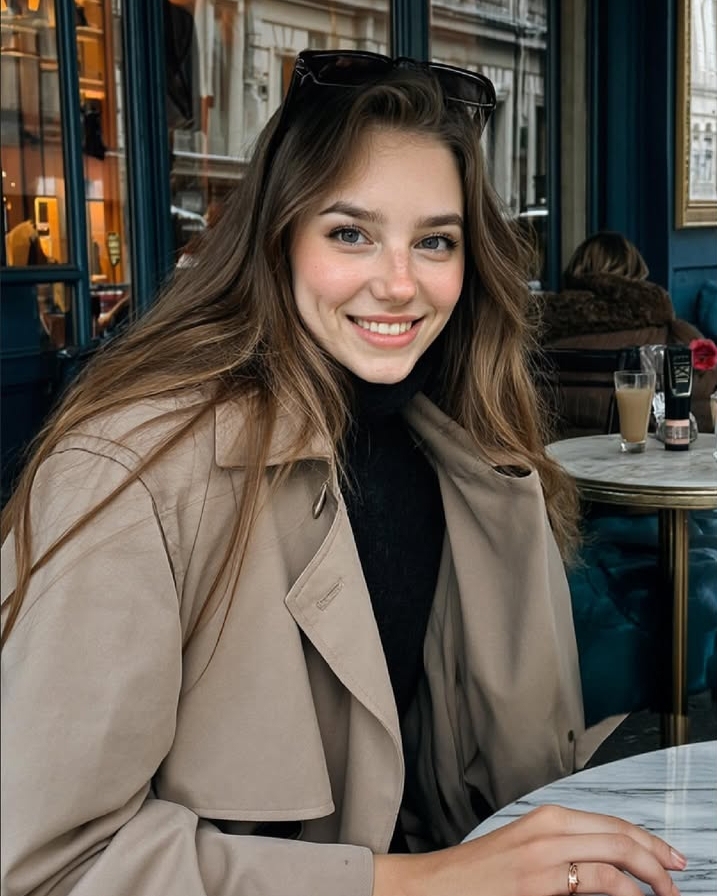
Tilly Norwood is an actress that was created and generated using AI. She possesses the face work, expression, bodily movements and even a near human voices. Her reveal sparked up reactions from netizens around the world and the big question comes again: “What would the world, with AI, be in the next 10 years?”
When Pixels Start Lying
We now live in a world where you cannot trust what you scroll past. You come across a “video” of a celebrity endorsing a scam product, only for you to realise it is deepfake.
It could be a photo of a protest that never happened or an interview of a public figure inciting violence that never happened, either.
Deepfake technology, once experimental, is now democratized. With a few clicks, anyone can make a politician appear to say things they never said, or stage events that never occurred. The danger is not just in fabrication, it is in its ability to look realistic and believable.
In March 2022, a deepfake of Ukrainian President Volodymyr Zelensky “surrendering” to Russia circulated online for hours before being debunked. By then, the psychological damage was done. People saw it, it looked real and in the internet’s lightning-speed attention economy, corrections rarely go as viral as the lie.
AI has quietly broken the visual contract we have always had with reality which is seeing is believing. Now, seeing might mean doubting everything.
The Psychology of Belief
Humans are visual creatures. We process images faster than words and often trust them instinctively. That is what makes this new AI realism so insidious. When an image looks real, our brains default to acceptance before skepticism.
Researchers at MIT once found that even after people learn an image is fake, the emotional response it triggered can linger. That means if you saw a fabricated video of chaos, anger, or affection, your mind may still carry the emotional residue long after the truth comes out.
AI-generated visuals exploit this quirk of human psychology. They don’t just imitate appearance, they replicate emotion. The glint in an eye, the nervous breath before speaking and all these subtle human cues are now within AI’s reach. And when emotion becomes programmable, manipulation becomes really effortless.
The Artistic Dilemma
For artists, photographers, and filmmakers, AI is both muse and menace. Some see it as an infinite canvas, that portal to imagine beyond physical limits. Others see it as theft, as they believe it is created by scraping from real human work to train machines that now outshine their creators.
In 2025, several digital artists accused AI platforms of creative plagiarism: training on copyrighted artworks without permission. The lawsuits are still ongoing, but the debate runs deeper: if a machine learns from a million human hands, who owns what it creates?
And then there is the philosophical question: is AI art still art if no one felt the struggle behind it? Traditional art carries the weight of process, the human intent, imperfection, and emotion. AI, in contrast, is flawless, frictionless, and fast. Perhaps too fast to be meaningful.
But in fairness, AI is not the villain, it is a mirror. It shows us our obsession with perfection, speed, and simulation. We built it to mimic us, and it is doing exactly that, maybe too well.
So, Are We Cooked?
Not yet. But the kitchen is heating up.
AI’s hyperreal visuals are rewriting how we define truth, art, and authorship. The threat is not just in the technology, it is in our uncritical consumption of it. Every time we share a photo without checking its source, or believe a video because it feels real, we give AI more cultural power.
What we need is not panic or hysteria, it is media literacy. We must learn to ask, who made this? why? with what tools? The same curiosity that drives innovation should also drive skepticism.
We are entering the era where reality will have layers: synthetic, hybrid, human, and everything in between. The challenge is not to fear the fake, but to recognize it. To rewire our instincts, to look twice before believing once.
So, are we cooked?
Maybe not. But if we keep letting AI serve us reality without questioning the ingredients, we might, as well, just be.
Recommended Articles
The Silent Co-Author: Who Gets the Credit When AI Writes the Story?
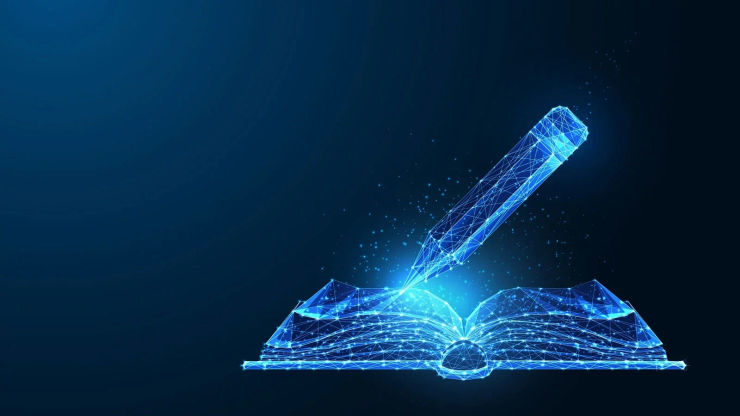
When AI writes the story, who deserves the credit — human or machine? Explore the ethics, ownership, and blurred lines o...
The Mirror Isn’t the Villain: Understanding Face Dysmorphia in the Age of Hypervisibility
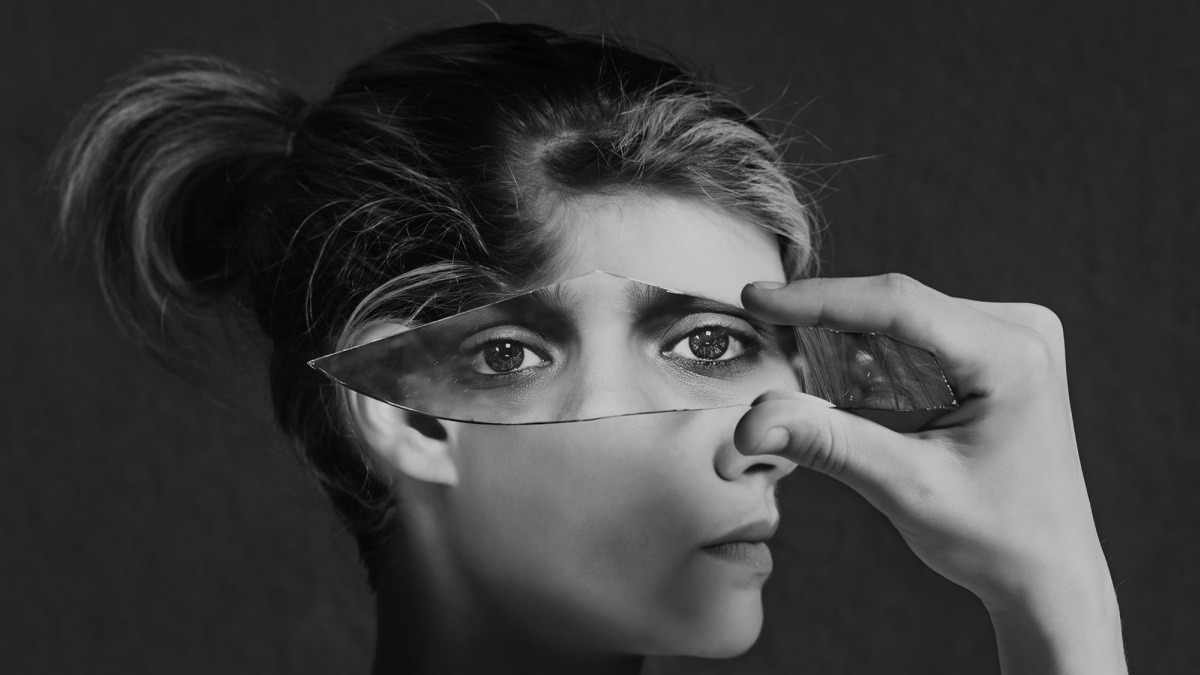
An in-depth exploration of how hypervisibility, filter culture, and digitally engineered beauty standards are reshaping ...
You may also like...
Super Eagles' Shocking Defeat: Egypt Sinks Nigeria 2-1 in AFCON 2025 Warm-Up

Nigeria's Super Eagles suffered a 2-1 defeat to Egypt in their only preparatory friendly for the 2025 Africa Cup of Nati...
Knicks Reign Supreme! New York Defeats Spurs to Claim Coveted 2025 NBA Cup

The New York Knicks secured the 2025 Emirates NBA Cup title with a 124-113 comeback victory over the San Antonio Spurs i...
Warner Bros. Discovery's Acquisition Saga: Paramount Deal Hits Rocky Shores Amid Rival Bids!
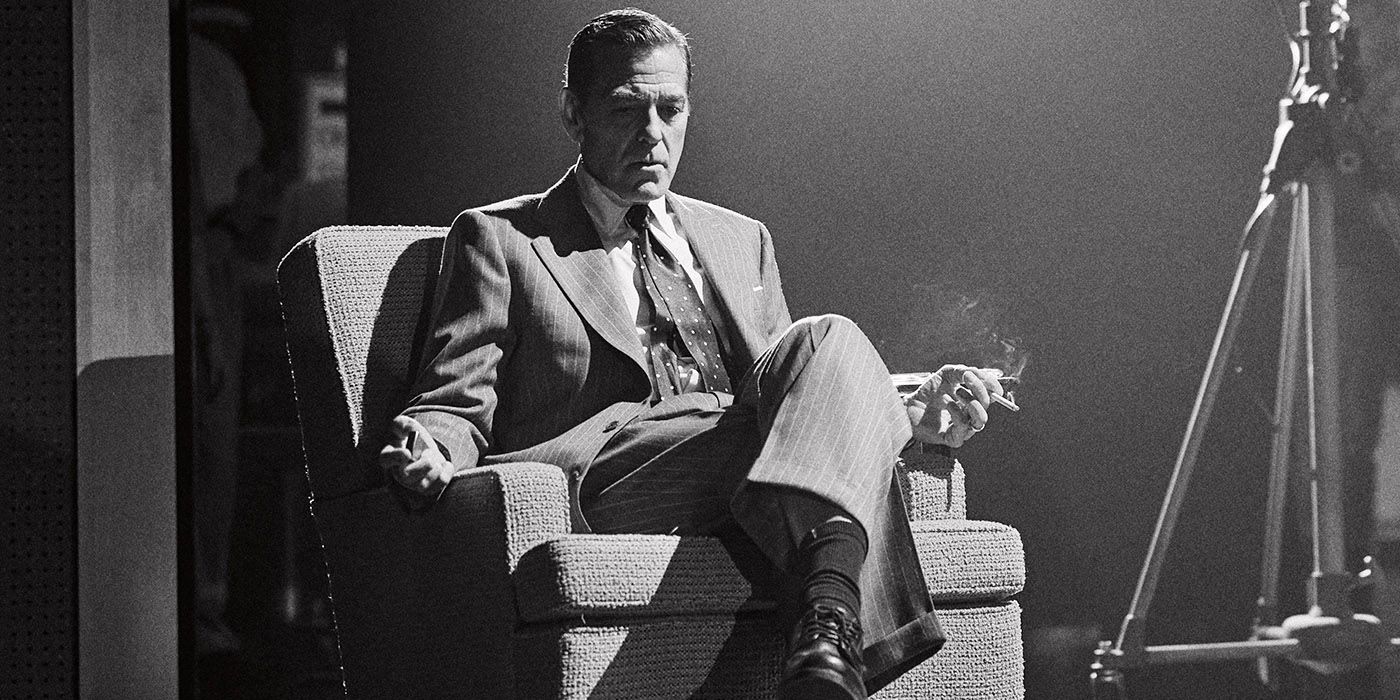
Hollywood's intense studio battle for Warner Bros. Discovery concluded as the WBD board formally rejected Paramount Skyd...
Music World Mourns: Beloved DJ Warras Brutally Murdered in Johannesburg

DJ Warras, also known as Warrick Stock, was fatally shot in Johannesburg's CBD, adding to a concerning string of murders...
Palm Royale Showrunner Dishes on 'Much Darker' Season 2 Death
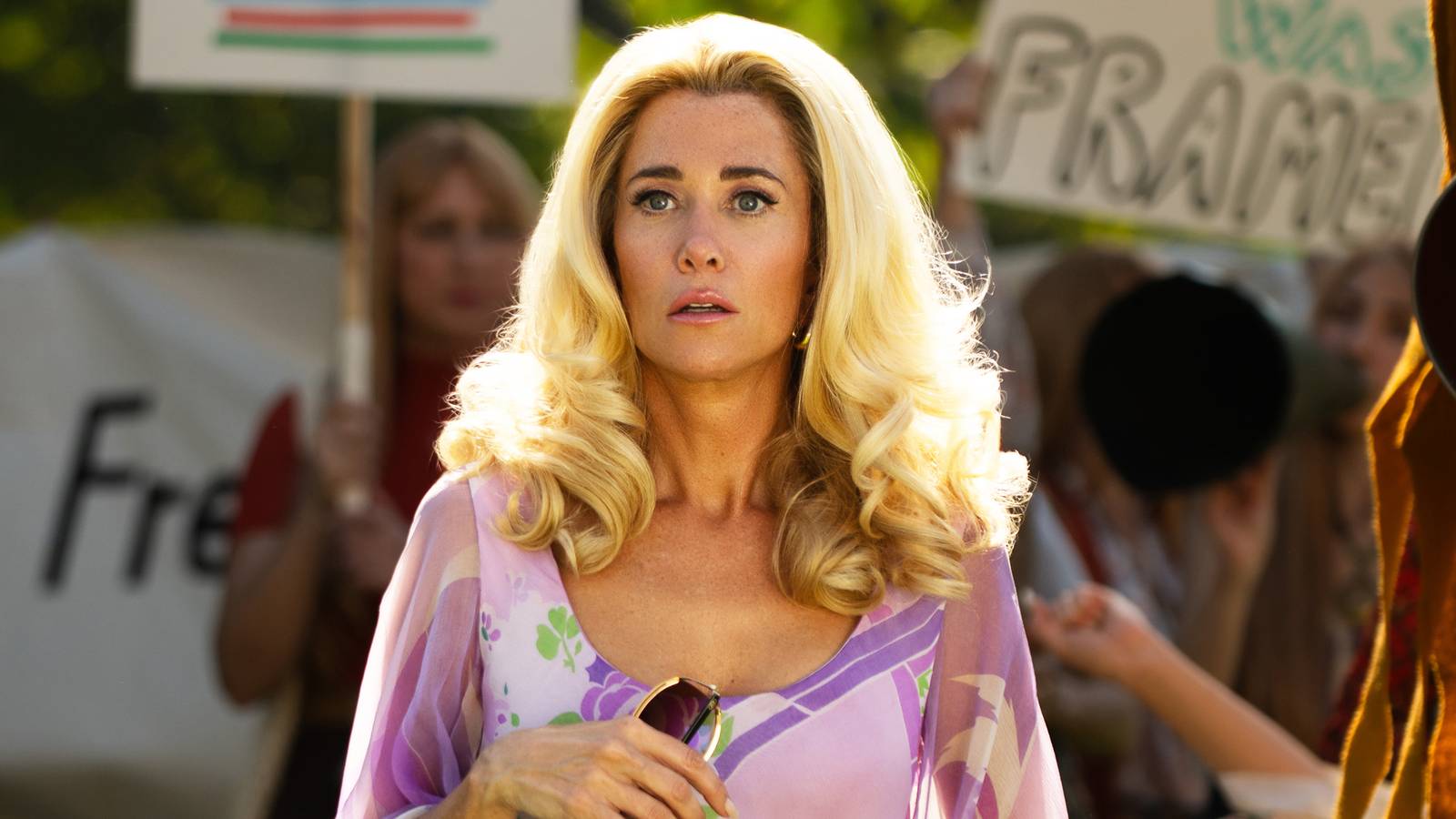
"Palm Royale" Season 2, Episode 6, introduces a shocking twin twist, with Kristen Wiig playing both Maxine and her long-...
World Cup Fiasco: DR Congo Faces Eligibility Probe, Sparks 'Back Door' Accusations from Nigeria

The NFF has petitioned FIFA over DR Congo's alleged use of ineligible players in the 2026 World Cup playoffs, potentiall...
Trump's Travel Ban Fallout: African Nations Hit Hard by US Restrictions

The Trump administration has significantly expanded its travel restrictions, imposing new partial bans on countries like...
Shocking Oversight: Super-Fit Runner Dies After Heart Attack Symptoms Dismissed as Heartburn

The family of Kristian Hudson, a 'super-fit' 42-year-old marathon runner, is seeking accountability from NHS staff after...
